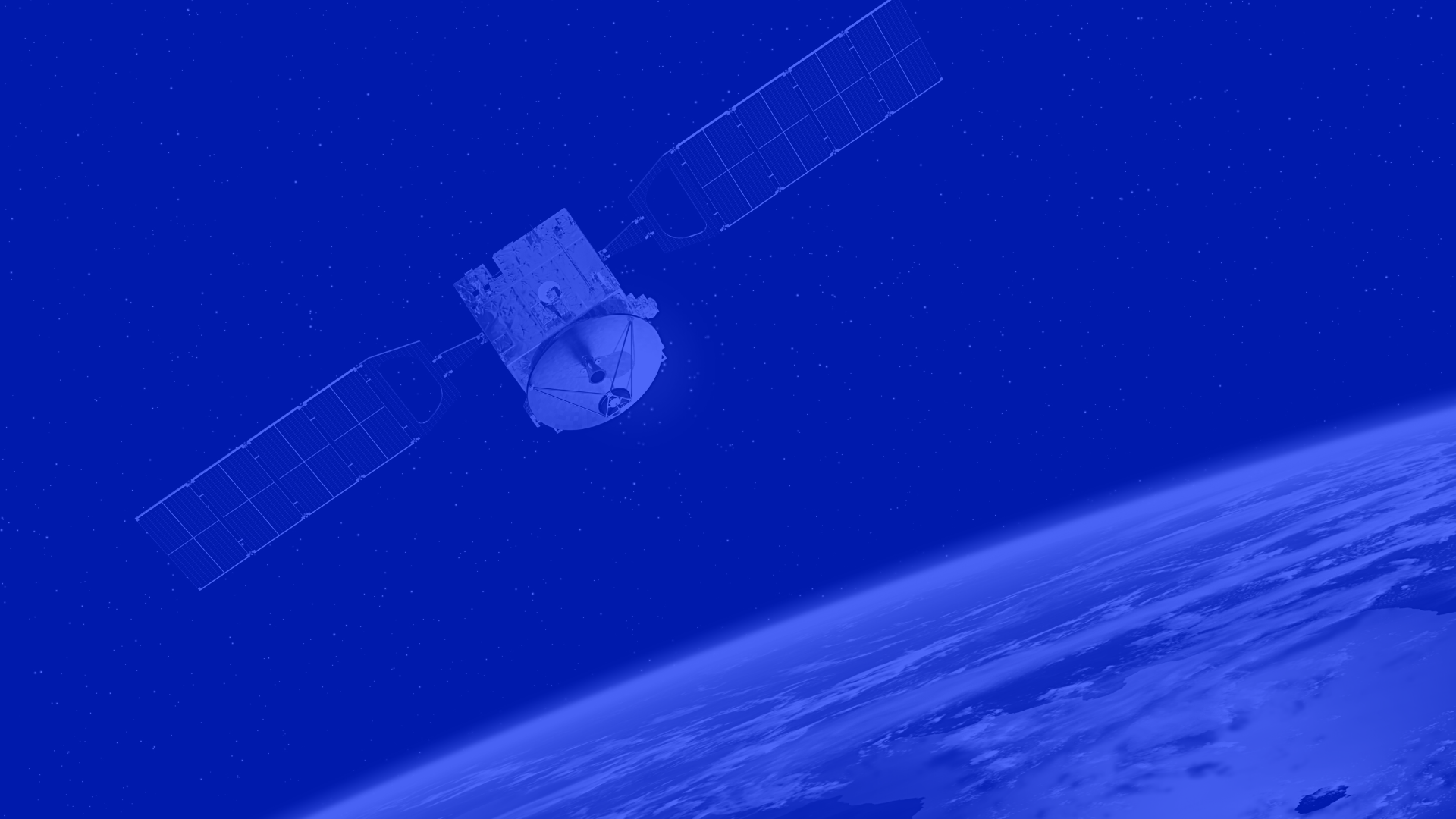Research firm Global Market Estimates forecasts that the value of the free-space optics sector will grow from $4.4 billion in 2022 to $47.5 billion by 2027, at a compound annual growth rate of 34.1%.
Optical free-space networks have a secure future in ground-to-space and space applications and companies in the market for the long run see considerable untapped potential in the terrestrial market as well.
Free-space optics (FSO) and systems are uniquely valuable in enabling fast and secure connectivity, both in terrestrial and nonterrestrial networks. With major advancements in space optics over the last 20 years, ultrahigh-bandwidth signals now regularly ping back and forth over great distances, providing a communications canopy that extends over the entire globe.
From transmitters to receivers and all the associated optics in between, each technological jump in the past two decades has helped make free-space communications cheaper, faster, easier to deploy and, ultimately, more commercially viable.
The insatiable call for faster, high-capacity communications and data rates guarantees a strong outlook for FSO. Although the Earth is better connected than ever before, the future is trending toward an increasingly pervasive Internet of Things that connects and communicates data to and from billions of devices — from cars and shipping containers to lighting and surveillance cameras, for example. FSO’s ability to extend data exchanges beyond cabled infrastructure will ensure that the technology plays a critical role.
Optical wireless communications technologies have already made great strides, particularly above the atmosphere, but also at ground level, where secure, high-bandwidth information transfer still has a way to go.


